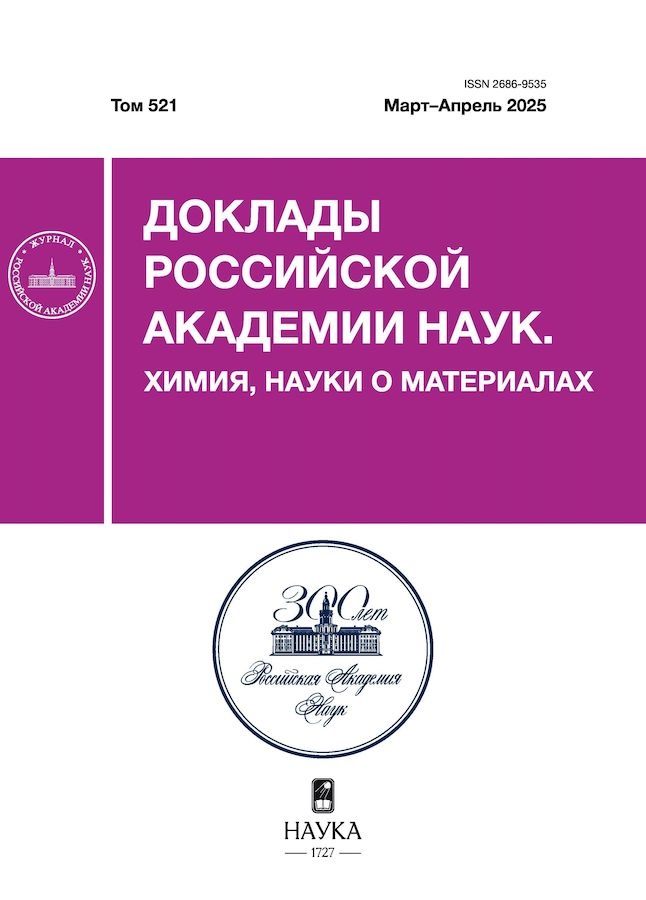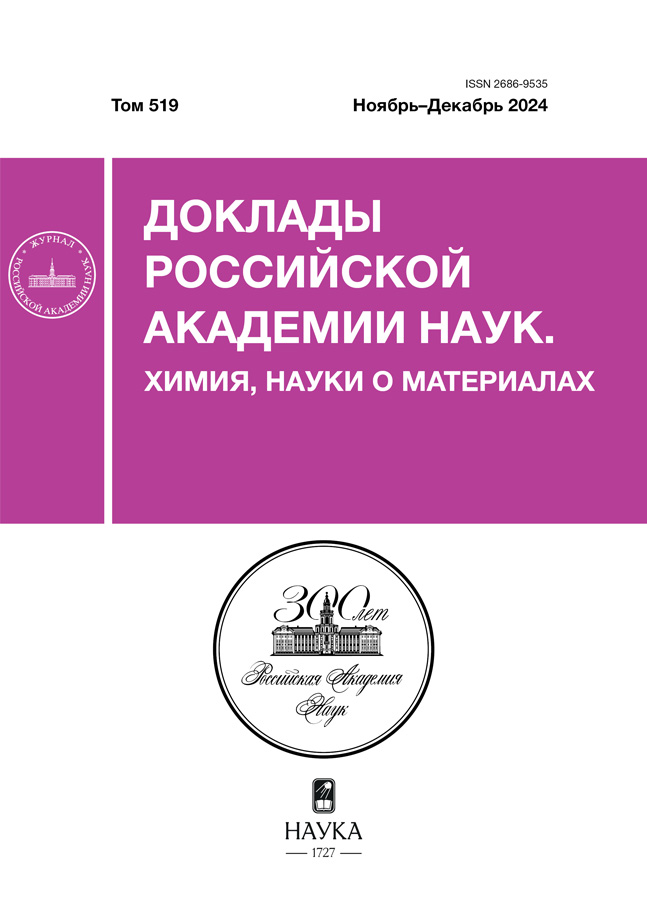Superhydrophobisation of Painted Surfaces to Improve Their Protective Properties and Impart New Functional Properties to Materials
- Authors: Kuzina E.A.1, Emelyanenko A.M.1, Boinovich L.B.1
-
Affiliations:
- Frumkin Institute of Physical Chemistry and Electrochemistry, Russian Academy of Sciences
- Issue: Vol 519, No 1 (2024)
- Pages: 17-24
- Section: PHYSICAL CHEMISTRY
- URL: https://innoscience.ru/2686-9535/article/view/682478
- DOI: https://doi.org/10.31857/S2686953524060031
- EDN: https://elibrary.ru/BOVJLP
- ID: 682478
Cite item
Abstract
The method of superhydrophobization of the epoxy enamel layer based on the use of pulsed laser treatment and chemisorption of fluorinated silane on the textured enamel surface is proposed. It is shown that flexible control of laser irradiation parameters makes it possible to texture the enamel surface without overheating and subsequent destruction. Experimental studies have shown that the proposed superhydrophobic treatment can significantly improve the protective properties of enamel and impart it new functional properties, such as water-repellent properties with extreme contact and roll-off angles, increased resistance to both abrasive loads and surface stresses arising in the three-phase contact zone during water crystallization and ice melting.
Full Text
About the authors
E. A. Kuzina
Frumkin Institute of Physical Chemistry and Electrochemistry, Russian Academy of Sciences
Email: ame@phyche.ac.ru
Russian Federation, 119071 Moscow
A. M. Emelyanenko
Frumkin Institute of Physical Chemistry and Electrochemistry, Russian Academy of Sciences
Author for correspondence.
Email: ame@phyche.ac.ru
Russian Federation, 119071 Moscow
L. B. Boinovich
Frumkin Institute of Physical Chemistry and Electrochemistry, Russian Academy of Sciences
Email: ame@phyche.ac.ru
Academician of the RAS
Russian Federation, 119071 MoscowReferences
- Бойнович Л.Б. // Вестник РАН. 2013. Т. 83. № 1. С. 10–22. https://doi.org/10.7868/S0869587313010039
- Ogihara H., Okagaki J., Saji T. // Langmuir. 2011. V. 27. № 15. P. 9069–9072. https://doi.org/10.1021/la200898z
- Manabe K., Saikawa M., Sato I., Loo C.S., Takashima K., Norikane Y. // ACS Appl. Polym. Mater. 2024. V. 6. № 22. P. 13701–13709. https://doi.org/10.1021/acsapm.4c02416
- Бузник В.М. // Авиационные материалы и технологии. 2013. № 1 (26). С. 29–34.
- Бойнович Л.Б., Бузник В.М., Гракович П.Н., Грязнов В.И., Пашинин А.С., Юрков Г.Ю. // Докл. АН. 2015. Т. 462. № 4. С. 431–434. https://doi.org/10.7868/S0869565215160124
- Кондрашов Э.К., Нефедов Н.И., Веренинова Н.П., Кущ П.П., Кичигина Г.А., Кирюхин Д.П., Бузник В.М. // Все материалы. Энциклопедический справочник. 2016. № 1. С. 2–10.
- Кузина Е.А., Емельяненко К.А., Домантовский А.Г., Емельяненко А. М., Бойнович Л.Б. // Коллоид. журн. 2022. Т. 84. № 4. С. 453–464. https://doi.org/10.31857/S0023291222040097
- Diker C.Ö., Duman O., Tunç S. // Appl. Clay Sci. 2023. V. 244. P. 107109. https://doi.org/10.1016/j.clay.2023.107109
- Diker C.Ö., Duman O., Tunç S. // Appl. Clay Sci. 2024. V. 262. P. 107626. https://doi.org/10.1016/j.clay.2024.107626
- Емельяненко А.М., Бойнович Л.Б. // Приборы и техника эксперимента. 2002. Т. 45. С. 52–57.
- Кузина Е.А., Омран Ф.Ш., Емельяненко A.М., Бойнович Л.Б. // Коллоид. журн. 2023. Т. 85. № 1. С. 63–70. https://doi.org/10.31857/S0023291222600614
- Залесский Б.В., Флоренский К.П. // Труды института геологических наук. АН СССР. 1952. Т. 146. № 42. С. 39–50.
- Wenzel R.N. // Ind. Eng. Chem. 1936. V. 287 № 8. P. 988–994. https://doi.org/10.1021/ie50320a024
- Prorokova N.P., Vavilova S.Y., Bouznik V.M. // J. Fluorine Chem. 2017. V. 204. P. 50–58. https://doi.org/10.1016/j.jfluchem.2017.10.009
- Севостьянов Н.В., Розен А.Е., Бузник В.М., Логинов О.Н., Усатый С.Г., Болсуновская Т.А. // Трение и износ. 2020. Т. 41. № 1. С. 55–62.
- Севостьянов Н.В., Бурковская Н.П., Бузник В.М. // Трение и износ. 2015. Т. 36. № 6. С. 671–674.
- Stern M., Geary A.L. // J. Electrochem. Soc. 1957. V. 104. P. 56–63. https://doi.org/10.1149/1.2428496
- Bäuerle D. Material transformations, laser cleaning. In: Laser processing and chemistry. Berlin, Heidelberg: Springer, 2011. P. 535–559. https://doi.org/10.1007/978-3-642-17613-5_23
Supplementary files















